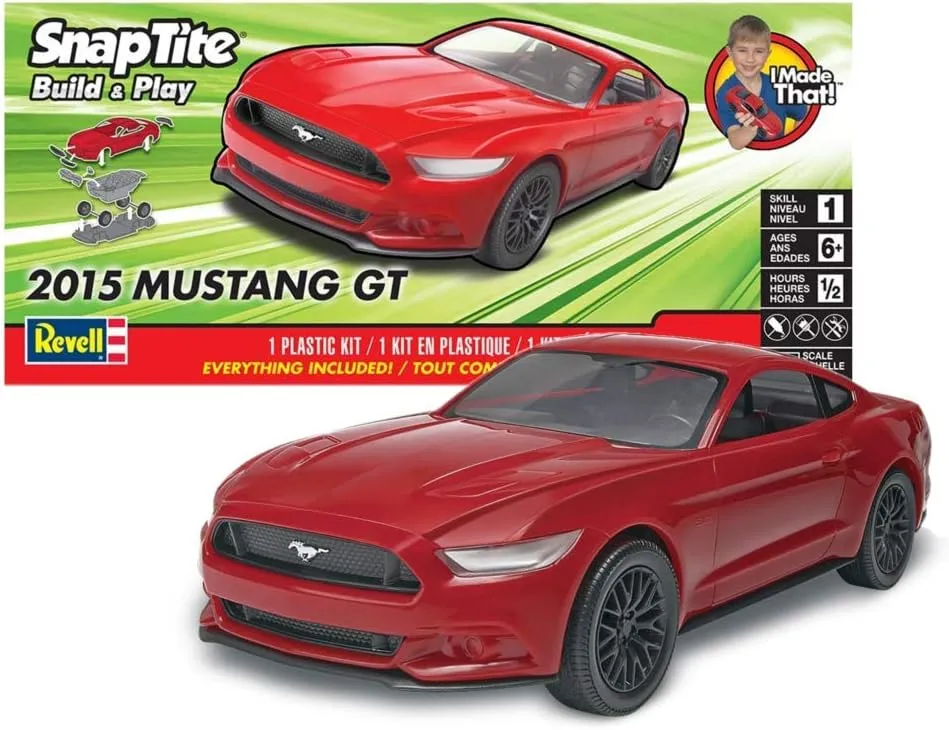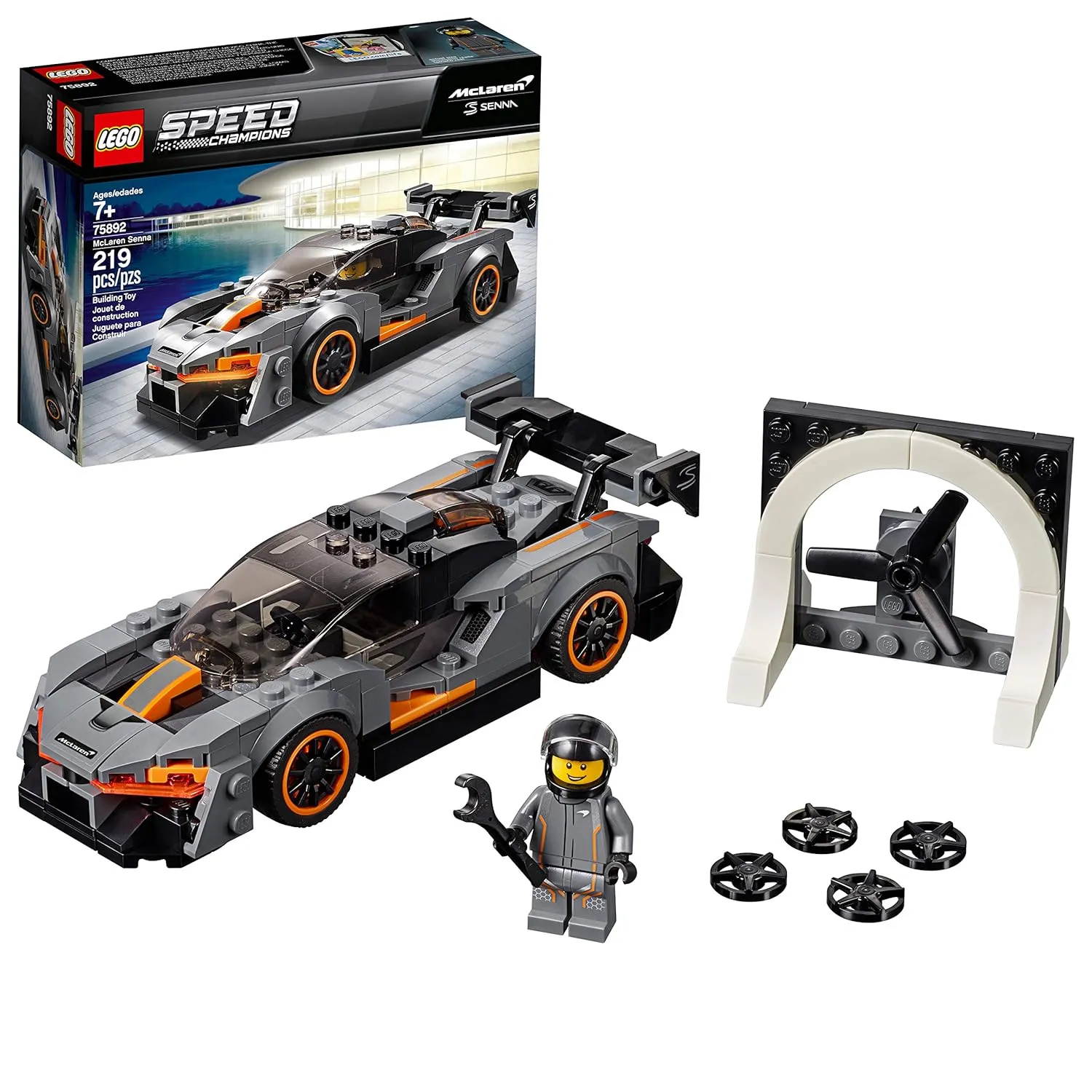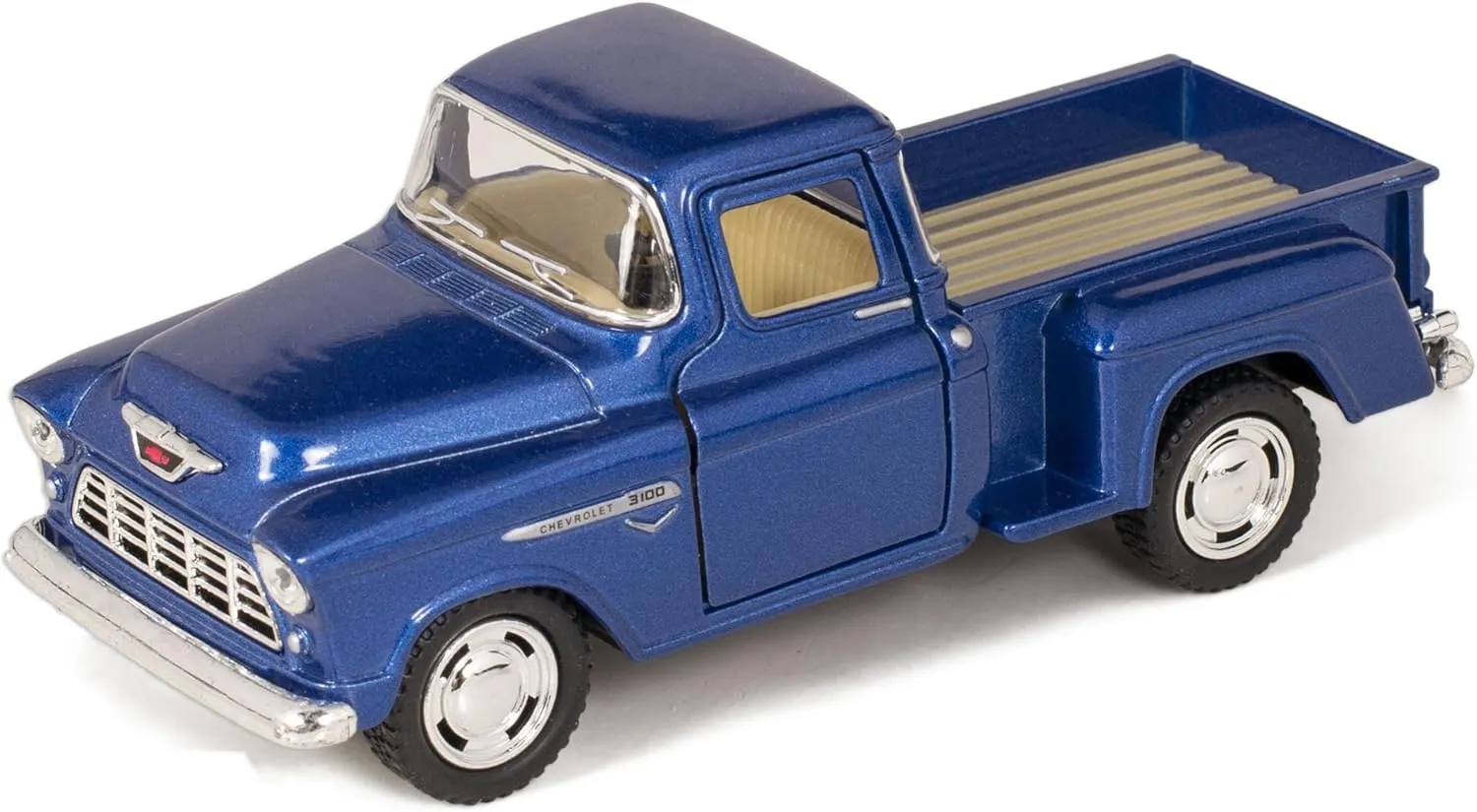Top 5 Best Diecast Cars
The world of diecast cars is a captivating realm where passion for automobiles meets the art of miniature craftsmanship. These meticulously crafted replicas offer a unique way for enthusiasts to celebrate their love for cars, whether they’re iconic classics, modern marvels, or future concepts. Choosing the ‘best’ diecast cars is subjective, varying based on personal preferences, desired scale, and budget constraints. However, certain models consistently earn high praise for their detail, accuracy, and collectibility. This guide will provide an overview of what makes a diecast car stand out, and then highlight our top 5 picks, perfect to start or expand your collection. Whether you’re a seasoned collector or a newcomer, this list aims to provide insights into the best options available, ensuring your journey into the world of diecast cars is both informed and enjoyable.
Factors to Consider for Diecast Cars
Before diving into specific models, it’s crucial to understand the key factors that differentiate a good diecast car from a great one. These factors encompass everything from the materials used in construction to the level of detailing. The scale of the model is a primary consideration, with popular scales like 1:18, 1:24, and 1:43 offering varying levels of detail and size. A 1:18 scale model, for instance, provides more space for intricate features compared to a 1:43 model. The level of detailing is also a significant factor, including the accuracy of the paint finish, the presence of interior features, and the functionality of moving parts such as doors and wheels. Furthermore, the brand and the reputation of the manufacturer play a role, as certain brands are known for their superior craftsmanship and commitment to authenticity. The collectibility and potential for appreciation in value are also important, especially for limited edition models.
Scale and Detailing of Diecast Cars

Scale is fundamental in the world of diecast cars, determining the size and the level of detail that can be incorporated into a model. The most common scales include 1:18, 1:24, 1:43, and 1:64, with 1:18 being the largest and typically offering the most intricate details. At this scale, you can expect opening doors, hoods, and trunks, as well as detailed interiors with realistic dashboards, seats, and steering wheels. 1:24 scale models are also popular, providing a balance between detail and size, making them suitable for both display and play. 1:43 scale models are more compact and often favored by collectors for their ability to fit into smaller display spaces. 1:64 scale is often associated with brands like Hot Wheels and Matchbox, and while they are smaller, they can still offer impressive levels of detail and are highly affordable, appealing to a broad audience. The level of detailing is equally important, encompassing everything from the accuracy of the paint finish to the replication of engine components and interior features. High-quality models often feature photo-etched parts, real rubber tires, and realistic decals.
Materials Used in Diecast Cars
The materials used in diecast car production significantly impact the model’s quality, durability, and overall feel. Traditionally, diecast cars are made primarily from metal, typically a zinc alloy, which provides weight and a realistic feel. This metal is die-cast, meaning it is molded under high pressure to create the car’s body and chassis. The quality of the metal alloy and the precision of the die-casting process directly influence the model’s level of detail and structural integrity. Plastic is another common material, used for interior parts, tires, and sometimes the chassis. High-quality plastics are essential for creating realistic details and ensuring the longevity of the model. Rubber is used for the tires, providing realistic grip and a tactile feel. Some premium models also incorporate other materials, such as leather for seats or metal for intricate details like grilles and emblems. The combination of these materials, along with the quality of craftsmanship, defines the overall value and appeal of a diecast car.
Diecast Car Brands
Several brands have established themselves as leaders in the diecast car market, each with its unique approach to design, manufacturing, and target audience. These brands cater to various preferences, from affordable entry-level models to high-end collectibles. The variety in scales, detailing, and the cars they represent ensures there is a brand suitable for every collector. Understanding the strengths of each brand can significantly enhance your collecting experience, allowing you to find models that match your specific interests and expectations. Many brands also specialize in certain types of vehicles, such as race cars, classic cars, or modern supercars, further diversifying the choices available. The reputation and the collector community of each brand contribute significantly to the value and enjoyment of diecast car collecting.
Hot Wheels

Hot Wheels, a subsidiary of Mattel, is arguably the most recognizable name in diecast cars, especially among children and casual collectors. Known for their vibrant colors, stylized designs, and emphasis on speed and playability, Hot Wheels cars are typically made in 1:64 scale. They are incredibly affordable, making them an accessible entry point into the world of diecast collecting. While their primary focus is on fun and play, Hot Wheels also appeals to collectors with their various series, including limited editions, treasure hunts, and premium lines that feature more detailed models. The brand’s influence on car culture and its widespread availability in retail stores worldwide make it an essential part of the diecast car landscape. The sheer volume of models produced annually keeps collectors engaged, with new designs and collaborations constantly emerging. Moreover, Hot Wheels’ history and legacy further enhance its appeal to both young and old collectors.
Matchbox
Matchbox, a brand also owned by Mattel, is another major player in the diecast car market. Unlike Hot Wheels, Matchbox cars focus on realistic designs, featuring a wide array of vehicles, including cars, trucks, buses, and construction vehicles. Their models are typically made in a 1:64 scale, similar to Hot Wheels, and are known for their durability and educational value. Matchbox models often represent real-world vehicles, making them a great way for children to learn about different types of cars and their purposes. The brand’s commitment to realism and detail attracts collectors who appreciate accuracy and a more scaled-down approach to collecting. Matchbox’s diverse range of vehicles caters to various interests, making it a versatile choice for collectors. The brand’s emphasis on playability and educational value, coupled with its reasonable pricing, makes it a favorite for families and casual enthusiasts.
Premium Diecast Brands
Premium diecast brands cater to collectors who seek the highest levels of detail, accuracy, and craftsmanship. These brands often produce models in larger scales, such as 1:18 or 1:24, and employ advanced manufacturing techniques and high-quality materials. Some examples of premium brands include Autoart, Minichamps, and CMC (Classic Model Cars). These brands are known for their meticulous attention to detail, from the replication of engine components and interior features to the accuracy of the paint finish and decals. Their models often feature opening doors, hoods, and trunks, as well as functional steering and suspension systems. The prices of premium diecast cars are significantly higher than those of mass-market brands, reflecting the higher quality of materials, the level of detail, and the exclusivity of the models. Collecting these premium models is a hobby for serious enthusiasts. For collectors, owning these models provides a tangible connection to the cars they love, showcasing automotive history and design in exquisite miniature form.
Features to Look for in Diecast Cars

When selecting diecast cars, several features can elevate the overall experience and enhance the model’s value and appeal. These features contribute to the realism, collectibility, and enjoyment of the model. Assessing these features allows you to evaluate the quality of the model and decide if it meets your expectations. The inclusion of these features often indicates a higher level of craftsmanship and attention to detail. The features listed are the core aspects that diecast car enthusiasts seek when adding to their collection.
Authenticity and Accuracy
Authenticity and accuracy are paramount in the world of diecast cars, especially for serious collectors. The best models accurately replicate the features of the real-life vehicles they represent, from the body shape and proportions to the interior details and exterior finishes. The accuracy of the paint color, the presence of authentic decals, and the replication of engine components all contribute to the overall realism of the model. High-quality models often employ CAD (Computer-Aided Design) and precise manufacturing techniques to ensure that every detail is faithfully reproduced. Collectors often look for models that match the specific year, trim level, and options of the real car. The level of accuracy directly influences the model’s value and its appeal to collectors, and it is a key factor in determining whether a model is considered a worthwhile investment or a prized addition to a collection.
Collectibility and Value of Diecast Cars
The collectibility and potential value appreciation of diecast cars are crucial factors for many enthusiasts. Certain models, particularly limited editions, rare releases, or those representing iconic vehicles, can increase in value over time. The value of a diecast car depends on a variety of factors, including its rarity, condition, the brand, the model’s popularity, and the historical significance of the real-life vehicle it represents. Limited edition models, often produced in small quantities, are highly sought after by collectors and can command premium prices. The condition of the model is another significant factor; cars that are still in their original packaging, with no signs of wear or damage, are generally more valuable. The brand’s reputation and the level of detail and craftsmanship also influence the model’s value. Some models become highly desirable due to their historical significance, representing a pivotal moment in automotive history or an iconic design. Successful diecast car collecting involves both passion and a careful consideration of market trends, enabling enthusiasts to assemble valuable collections that appreciate over time.
Rarity and Limited Editions

Rarity and limited editions are essential concepts in diecast car collecting, as they significantly impact a model’s value and desirability. Limited edition models are produced in a specific, often small, quantity, making them highly sought after by collectors. This scarcity can drive up the price of the model on the secondary market, and its rarity adds to its collectibility. Rarity can also be determined by the model’s availability, the manufacturer, the distribution method, and the model’s condition. Some models are released exclusively through specific retailers or at certain events, further increasing their rarity. Limited editions often feature unique paint schemes, special detailing, or exclusive packaging, enhancing their appeal to collectors. The limited production run makes these models a tangible investment, as their value may increase as demand exceeds supply. Collectors should be aware of limited edition releases, paying close attention to release dates, production numbers, and distribution channels to acquire these prized models. Investing in these limited-run models can be a rewarding endeavor, both in terms of personal enjoyment and financial returns.
Maintaining and Displaying Diecast Cars
Proper maintenance and display are essential for preserving the condition and value of your diecast car collection. Regular maintenance helps to keep your models in pristine condition, preventing damage and preserving their value. Displaying your collection is also important, allowing you to showcase your models while protecting them from dust, light, and other environmental factors. A well-maintained and thoughtfully displayed collection is a source of pride and enjoyment for collectors, protecting them from degradation. With the right maintenance and display techniques, your diecast car collection will remain beautiful and valuable for years to come.
Maintaining and Displaying Diecast Cars
To maintain your diecast cars, start by handling them with care, avoiding direct contact with oils from your skin, which can damage the paint. Dust your models regularly using a soft brush or a microfiber cloth, avoiding harsh chemicals or abrasive cleaners. Store your models in a cool, dry place, away from direct sunlight and extreme temperatures, which can cause the paint and materials to deteriorate. When displaying your collection, consider using display cases or cabinets to protect your models from dust and damage. Display cases also help control the amount of light that reaches your models, reducing the risk of fading. Organize your collection to enhance its visual appeal. Grouping models by brand, scale, or model type can create a cohesive display. Finally, create an environment that allows you to enjoy your collection. Displaying diecast cars is more than just showing off your collection; it’s a way to celebrate your passion for automobiles and the artistry of miniature models.
